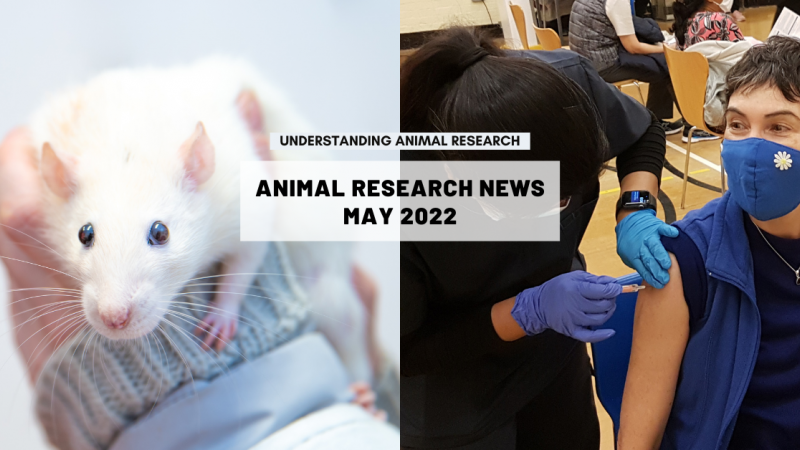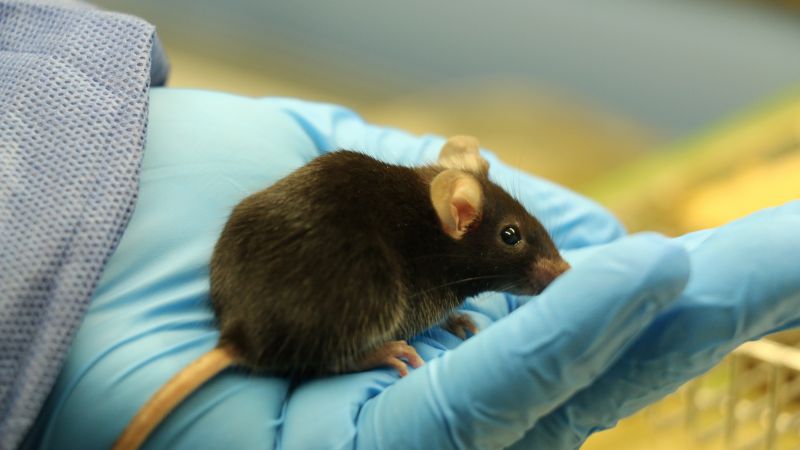Bacteria and viruses infect the human body, but did you know fungi could too? Not mushrooms, but unicellular microorganisms. These cells can be found in the soil, trees and everywhere in the environment and some have specialized to infect the human body.
Fungi, the underappreciated killers
Fungi are still underappreciated as major pathogens by both the general public and public health officials. Life threatening fungal infections used to be rare but the increase in the number of immunocompromised patients has totally changed this picture and, today, fungi are having a profound impact on human health.
You don’t have to be immunocompromised to get a fungal infection. Over 1 million eyes go blind each year due to fungal keratitis, one billion people have skin mycoses, which makes this disease only slightly less common on the planet than headaches and dental caries, and over 10 million individuals get significant reactive airway diseases from fungal spores. In total, over 300 million people of all ages suffer from a serious fungal infection every year globally, of which over 1.5 million will most likely die from their fungal disease.
Cryptococcal meningitis, a fungal infection of the tissues covering the brain and spinal cord caused by Cryptococcus neoformans, is the deadliest of all. Around 220,000 new cases of cryptococcal meningitis occur worldwide each year, resulting in 181,000 deaths concentrated mostly in sub-Saharan Africa.
“ Four out of five people who get this fungal infection in sub-Saharan Africa will die from it. Most of these deaths are largely preventable. In the UK only one out of five patients succumb to the fungus, because they have access to drugs,” according to Dr Rebecca Drummond, fungal immunologist at the College of Medical and Dental Sciences in Birmingham.
“There are good diagnostic tests and drugs for cryptococcal meningitis, but they’re not available where they’re needed most. Better policies and a better understanding of the basic immune processes that allow the disease to establish, could really make the difference in reducing death toll.”
Tackling fungi brain infections
Unlike bacteria and viruses, fungi are eukaryotic cells, with many similarities to human cells. Drugs that kill fungal cells often damage human cells so this makes fungi infections very difficult to treat, let alone prevent.
“Fungi are environmental and we inhale spores all the time, making preventative measures difficult to put in place. However, fungal infections are diseases of the diseased. Better screening programs that identify those at risk, in order to treat with anti-fungal therapy early on, could greatly improve clinical outcome. So would understanding the intricacies of the host-fungi interactions” explains Dr Drummond.
Fungal infection particularly affect people who have very weak immune systems, or some underlying health disorder, like COVID-19, AIDS or cancer. Often, by the time patients come into the clinic, they already present late stages of the disease. Although anti-fungal therapy work in general - just like antibiotics work on bacteria – it is important to treat early before the disease has progressed to an irreversible point.
“Those initial stages of infection are important for what happens next,” explains Dr Drummond. “But it is very difficult to study this in patients, particularly the immunocompromised ones, because they often don’t seek medical attention, until later on. It is very difficult to understand exactly how fungal infection initially establishes in those patients also because their immune system is quite defective.”
Dr Drummond is interested in the early, innate, responses of the immune system, when the fungus first enters the body. And to do that, she works in animals. She is hoping her work will clarify how microglia – the immune cells in the brain - function in the context of a fungal infection, to further the global understanding of these crucial brain cells. Understanding the mechanisms at play could help treat patients past the point where anti-fungal therapy is effective, but could also be helpful to treat other types of brain infections.
Protecting the brain
Fungal infections start with the inhalation of fungal spores into the lung. In a healthy individual, the immune cells inside the lung, tissue resident macrophages, stop the infection from going any further. However, if that doesn’t happen, the fungi migrate to the blood stream and can travel throughout the body. Some fungi, like Cryptococcus neoformans, are particularly good at getting into the brain.
The brain also has immune cells but somehow Cryptococcus neoformans don’t seem to trigger them into activity. Dr Drummond’s work in mice has showed that microglia react immediately to Candida albicans yeast, for example, recruiting a whole army of white blood cells and other immune cells to clear an infection. But when it comes to cryptococcus, the microglia don’t seem to do that. If anything they actually seem to help the fungus establish an infection in the brain.
“Our research aims at working out why that happens,” explains Dr Drummond. “We think part of the reason is that the cryptococcus fungus can live inside macrophages, and that lets it hide and shields it from the other immune cells. The fungi somehow parasitize specifically the microglia which makes the brain the perfect target – and - prevents the fungus from being cleared out properly. And by the time the microglia have actually realized that something’s wrong and they need to do something about it, it is too late. The fungal infection is too overwhelming.”
Dr Drummond’s goal is to study the genes and pathways that react - far too late in this case – to the fungal infection, to see if they can be switched on earlier in the microglia. This would not only prevent the microglia from being parasitized by this fungus but also help clear infection much better.
Fungi infections in mice
Mice can get fungi infections spontaneously, quite similarly to humans. The same pattern of organs get infected. If given bigger doses of the pathogen than humans’ would naturally inhale, they get similar lung disease that migrates to the brain; which cause meningitis naturally. There are also the some of the same risk factors in mice and humans. Mice lacking CD4 T-cells for example, which are the immune cells attacked by HIV, are more susceptible to the fungus.
“Mice are arguably quite a good model. They replicate aspects of the immune response in humans. They allow us to see what a successful healthy immune response looks like and what happens in normal circumstances. If we can understand that, we can see what components are essential for protection, see what is missing in immunocompromised patients, and study it again in immunocompromised mice,” explains Dr Drummond.
But because the mice can get sick, Dr Drummond and her team monitor the mice carefully, and never let the fungal infections progress too much, to avoid distress and pain.
“Most experiments are classified as mild. We are interested in the very early innate immune responses and the initial stages of the disease. We pick time points in our experiments that let the disease develop - so we can see the fungal infection happening – but that are before the mice really get ill. Most of the time, we don’t let the mice develop symptoms at all.”
“ We also do our best to reduce the number of mice we use. We try to get as much information as we can from a single animal by looking at all its organs. This also benefits the science, because we can correlate what is happening in the lung with what’s happening in the brain, for example. We know exactly how they’re connected.”
Last edited: 27 October 2022 18:38




